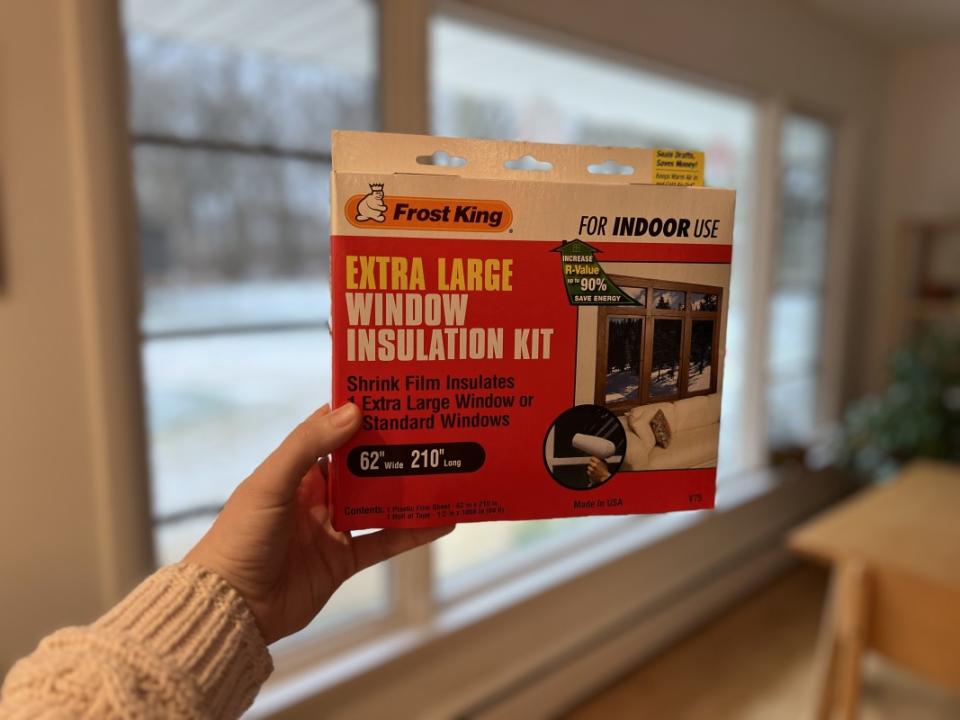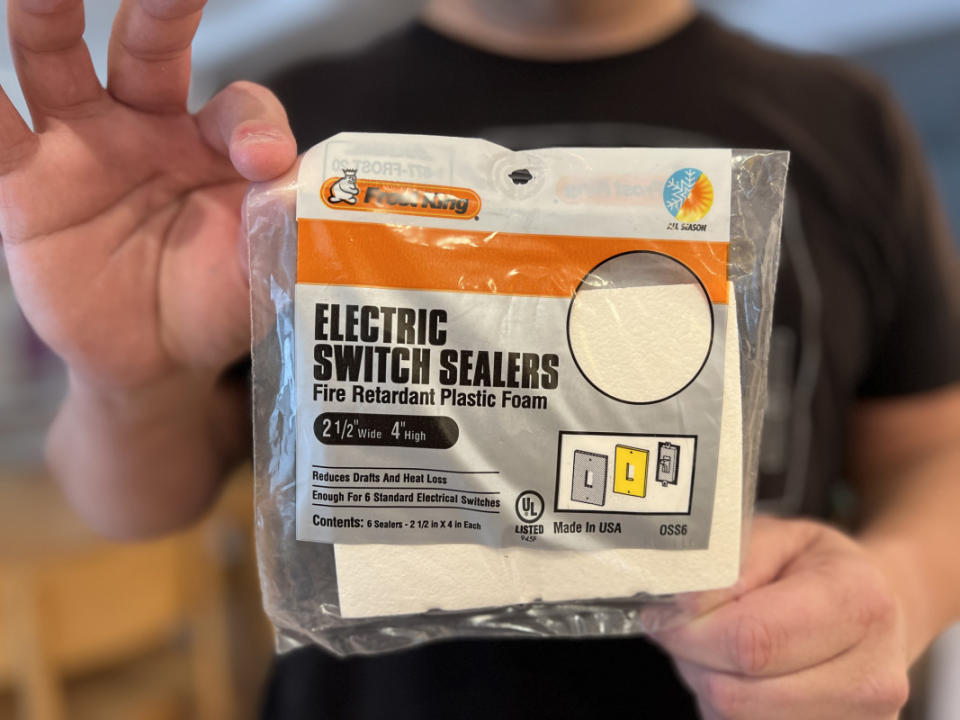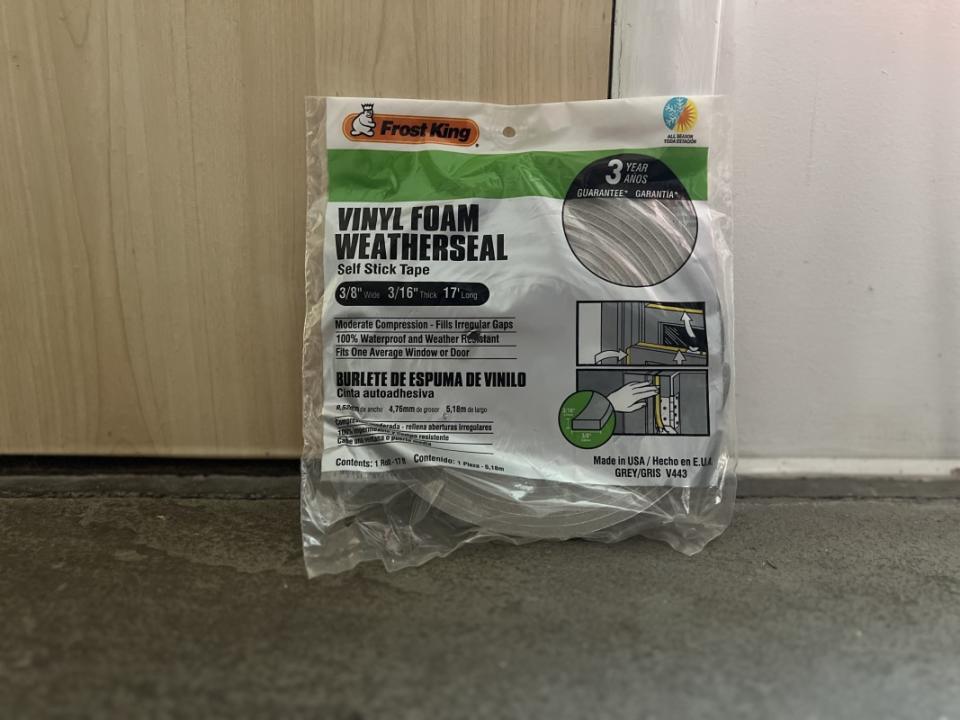Trying to Save Money on Heating Costs? Try This
Did the first utility bill of winter knock you over? Taking steps to improve your home's energy efficiency can make a big difference in your winter heating bills.
Chiming in on the issue is Sofia Vyshnevska, a housing expert and a co-founder at NewHomesMate, a marketplace for new construction homes. On a mission to help homeowners, she's sharing 5 not-so-obvious ways to save money on energy bills during the winter months (psst, they'll work in your favor when you turn on the air conditioning next summer, too). Follow along, because these 5 tips will help you keep your home warm—without breaking the bank.
1. Exploit the Laws of Physics
Let the hot air rise. Hot air naturally rises, while cold air sinks. If you only heat the bedrooms on the higher floor, you will spend most of your day downstairs in the cold or pay a small fortune to heat every room. Instead, place a single space heater on the first floor and let the warm air rise.
Create an updraft with a ceiling fan. You can also use ceiling fans to circulate the warm air you've created throughout your home. During the winter, set them to spin clockwise and revel in the ability of the fan to create an updraft that circulates your warm air.
2. Invest in a Dehumidifier
Have you ever noticed that your weather app shows two temperatures: what it is and what it feels like? That’s because dry air requires less energy to heat, so in a dry climate, a lower temperature is perceived as warmer. Thankfully, you don’t have to move to the desert to cut your utility bills—just get a dehumidifier.
A dehumidifier will extract excess moisture from the air in your home, making it feel warmer and more comfortable when the temperature drops. Not only will you save on heating, but dehumidifiers also prevent issues such as mold and condensation, so you won’t have to spend money treating your walls after a winter with the heat on and windows shut.

E. Fazio
3. Make your Windows Energy Efficient
Drafty windows are a major source of heat loss. Cover drafty windows with an insulating barrier of heat-shrinking plastic window film, which traps the warm air in and keeps the cold air out.
Cover the windows with some bubble wrap. It serves as a cheap layer of insulation that’s easy to remove once the weather warms up.
Finally, wrap it up with interior window coverings such as shutters or heavy window curtains. Remember to close the blinds at night (but make sure to throw them open during the day to let the sunlight in, which naturally warms your home).
4. Rearrange Your Furniture
Furniture, such as sofas and bookshelves, act as insulation when placed against exterior walls. They create a protective barrier that prevents warm air from escaping during the cold months. Plus, opening up the center of your room will allow for better airflow, making it easier to cool once summer rolls around.
It’s a simple, free solution that offers both comfort and cost savings by minimizing the workload on your heating and cooling systems, and, subsequently, on your bank account.
Insulating Gaps and Drafts Around the Home
Use weatherseal self-stick foam and plug insulation to reduce drafts during the winter.

E. Fazio

E. Fazio
5. Plug the Gaps and Holes
Inspect your doors and windows and seal any gaps with weatherstripping or window caulk. Use sweeps and draft stoppers to reduce energy loss around big gaps.
Insulate your electrical outlets and switches. For a few bucks, draft guards—small insulating pads that you can place behind outlets and switches on exterior walls—can stop the cold air from creeping in. While the impact of each outlet or switch may be small, they can collectively cost you a fortune in lost heat over time.
Other Ways to Save Money on Heating
Perform an annual energy audit. A professional can help you identify air leaks and make recommendations to improve insulation.
Install smart devices, like smart thermostats. Beyond your ordinary programmable thermostat, smart home devices makes it easier to manage your energy costs.
Improve attic insulation (as well as rim joist and crawl space insulation).
Invest in a switch to geothermal. Not this moment, obviously, but consider it for a future year.
Make Energy Star upgrades. New windows, HVAC units, light bulbs, and appliances will help you save money year-round. Bonus: there are many rebates available.
Maintain your HVAC system to make sure it's working at optimal efficiency. You may need to swap air filters or schedule an inspection.
Insulate your hot water heater and water pipes.

